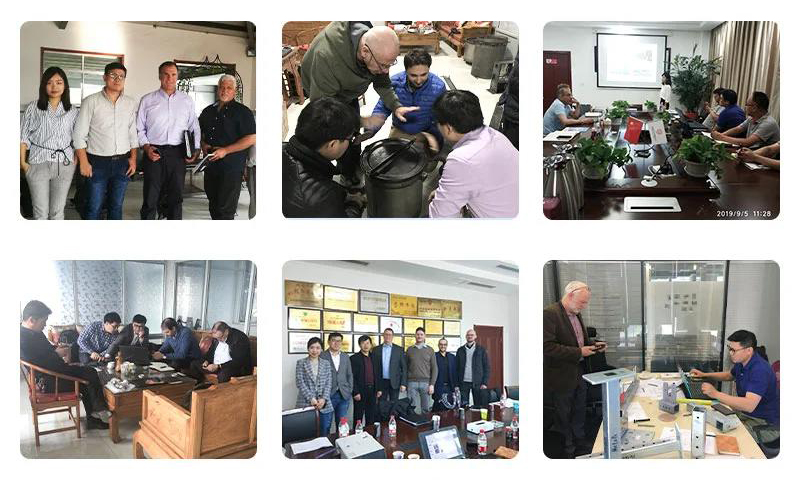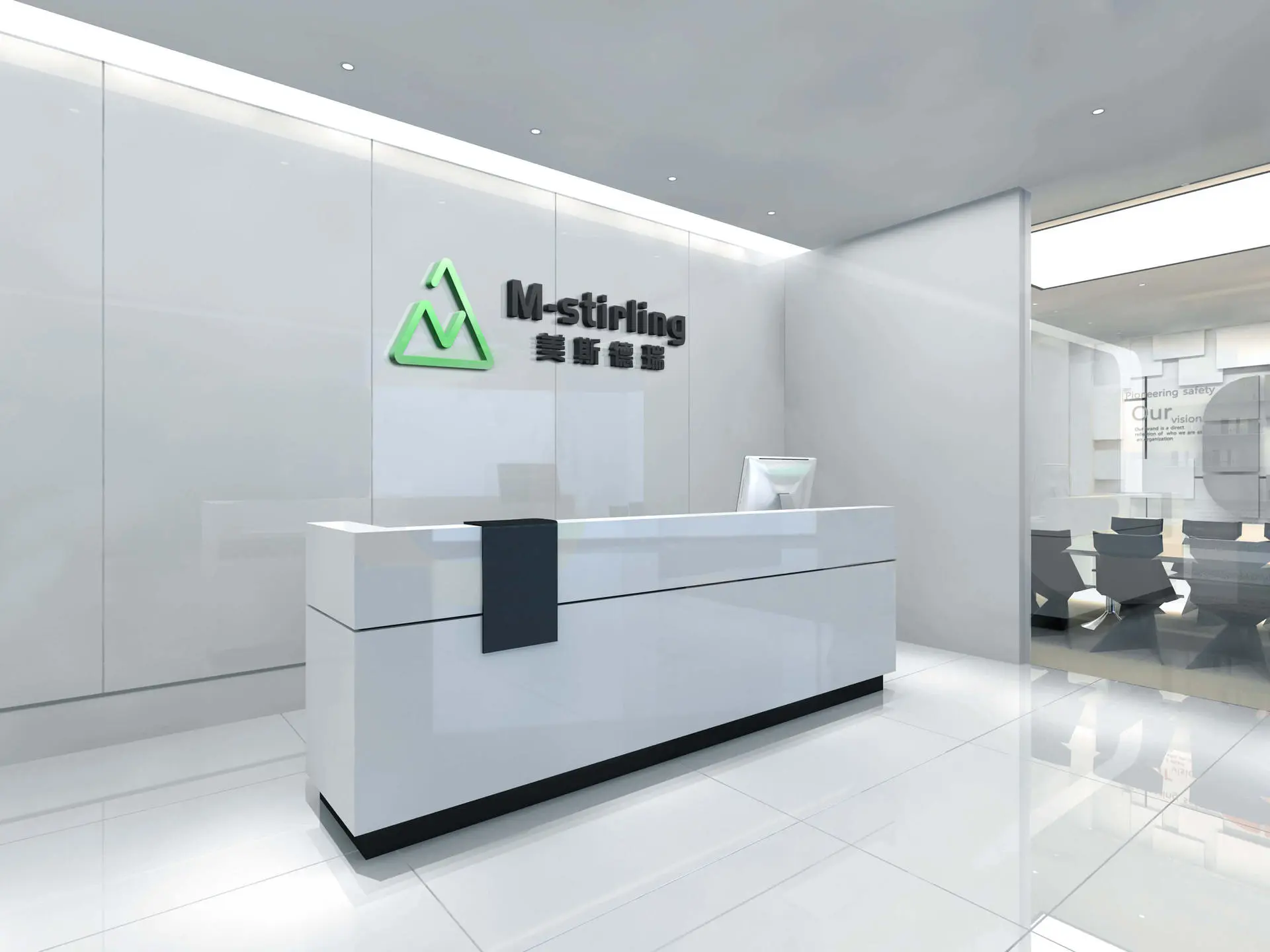- All
- Product Name
- Product Keyword
- Product Model
- Product Summary
- Product Description
- Multi Field Search



| Availability: | |
|---|---|
PRODUCT DESCRIPTION | ||
NO. | ITEM | DESCRIPTION |
1 | Material | AA3003. Cladding AA4343/3003/4343, AA4104/3003/4104 |
2 | Temper | H14 |
3 | Length | As per required |
4 | Width | 300mm |
5 | Thickness | 0.07,0.08,0.09,0.1,0.12,1,1.2,1.5,2,2.5 mm |
6 | Surface finish | Mill finish, a little oil allowed to protect fins |
7 | Fin technology | Stamping process, gear hobbing process |
7 | Application | Typically used in heat transfer fields |
Stamping process heat exchanger aluminum fins are a type of heat exchanger fin that are commonly used in automotive and industrial applications. The fins are made from aluminum sheets that are stamped using a die, which creates the desired shape and pattern.
The stamping process allows for high production volumes and precise control over the dimensions and shape of the fins. This makes it possible to create fins with complex shapes and patterns that are optimized for specific heat transfer requirements.
Aluminum is a popular material for heat exchanger fins due to its high thermal conductivity, low weight, and corrosion resistance. The fins are typically attached to the heat exchanger core using various methods, such as brazing, welding, or mechanical fastening.
M-stirling's fin type include
◆Straight fin
◆Serrated fin
◆Louver fin
◆Perforated fin
◆Wavy fin
◆Offset fin

M-stirling’s fin application
●Oil cooler
●Radiator
●Intercooler
●Condenser

▲Oil cooler

▲Radiator

▲Intercooler

▲Condenser
Aluminum fin advantages
The plate-fin beat exchanger is one of our main products. Its basic performance for plate-fin heat exchange is good solderability and formability, higher mechanical strength, good corrosion resistance and thermal conductivity. Aluminum fins are the basic components of plate-fin heat exchanger, on which the heat transfer depends.
1. Good corrosion resistance
When under harsh conditions, the materials oxide from aluminum is non-toxic. With aluminum heat exchange, no worries that air or liquid inside will be destructed by oxide after long time.
2. Good thermal conductivity
Especially suitable for radiating fin, heat transfer evaporator and condenser.
3. High yielding and resistance to die cutting
It is easy for processing and forming.
PRODUCT DESCRIPTION | ||
NO. | ITEM | DESCRIPTION |
1 | Material | AA3003. Cladding AA4343/3003/4343, AA4104/3003/4104 |
2 | Temper | H14 |
3 | Length | As per required |
4 | Width | 300mm |
5 | Thickness | 0.07,0.08,0.09,0.1,0.12,1,1.2,1.5,2,2.5 mm |
6 | Surface finish | Mill finish, a little oil allowed to protect fins |
7 | Fin technology | Stamping process, gear hobbing process |
7 | Application | Typically used in heat transfer fields |
Stamping process heat exchanger aluminum fins are a type of heat exchanger fin that are commonly used in automotive and industrial applications. The fins are made from aluminum sheets that are stamped using a die, which creates the desired shape and pattern.
The stamping process allows for high production volumes and precise control over the dimensions and shape of the fins. This makes it possible to create fins with complex shapes and patterns that are optimized for specific heat transfer requirements.
Aluminum is a popular material for heat exchanger fins due to its high thermal conductivity, low weight, and corrosion resistance. The fins are typically attached to the heat exchanger core using various methods, such as brazing, welding, or mechanical fastening.
M-stirling's fin type include
◆Straight fin
◆Serrated fin
◆Louver fin
◆Perforated fin
◆Wavy fin
◆Offset fin

M-stirling’s fin application
●Oil cooler
●Radiator
●Intercooler
●Condenser

▲Oil cooler

▲Radiator

▲Intercooler

▲Condenser
Aluminum fin advantages
The plate-fin beat exchanger is one of our main products. Its basic performance for plate-fin heat exchange is good solderability and formability, higher mechanical strength, good corrosion resistance and thermal conductivity. Aluminum fins are the basic components of plate-fin heat exchanger, on which the heat transfer depends.
1. Good corrosion resistance
When under harsh conditions, the materials oxide from aluminum is non-toxic. With aluminum heat exchange, no worries that air or liquid inside will be destructed by oxide after long time.
2. Good thermal conductivity
Especially suitable for radiating fin, heat transfer evaporator and condenser.
3. High yielding and resistance to die cutting
It is easy for processing and forming.

